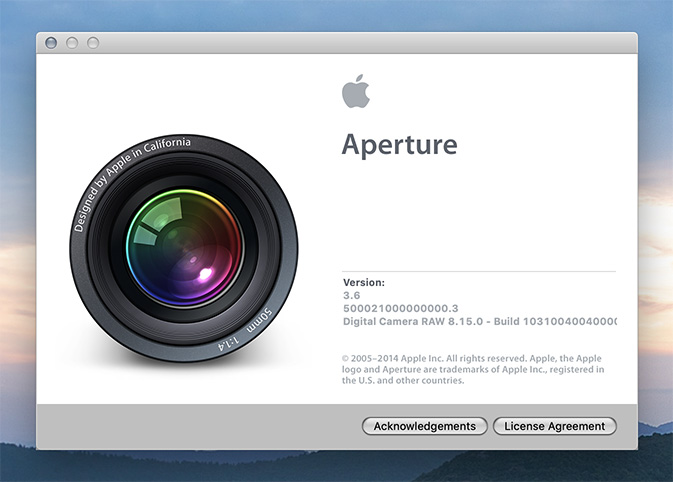Apple’s Aperture photography software debuted in 2005, as a sort of hi-end iPhoto; it combined sorting and editing into one application, using libraries to keep large collections. It was almost immediately followed by Adobe’s Lightroom, which performed basically the exact same functions — and came with better integration with Adobe’s own Photoshop, as well.
Aperture was developed through several versions, but a change in Apple’s strategy led to a end to development in 2015; however, it’s still been useable in every new version of the MacOS since. Until now — with the debut of MacOS Catalina in September of this year, Aperture will cease to work.
That’s led me — and likely many others — to migrate our Aperture libraries into Lightroom. Now let’s be clear: I’ve been using Lightroom for several years now (I pay the $53 per month Adobe subscription, which offers all applications Adobe currently makes, including Photoshop, InDesign, and Illustrator in addition to Lightroom) and have gotten quite used to the workflow. So when the announcement was made that Aperture was going to stop working, I went into Aperture and . . . was lost. Migrating was necessary.
In the long run, though, it’s been a good thing. Since Lightroom doesn’t import all of the changes and corrections that Aperture makes into Lightroom, I’ve had cause to revisit some of the libraries with a fresh eye.
The first of these is the England library from 2011. Check it out soon.
If you had Aperture, here’s the info from Apple on what to do with your libraries, and the info from Adobe about how to import Aperture libraries into Lightroom (Classic version only).

